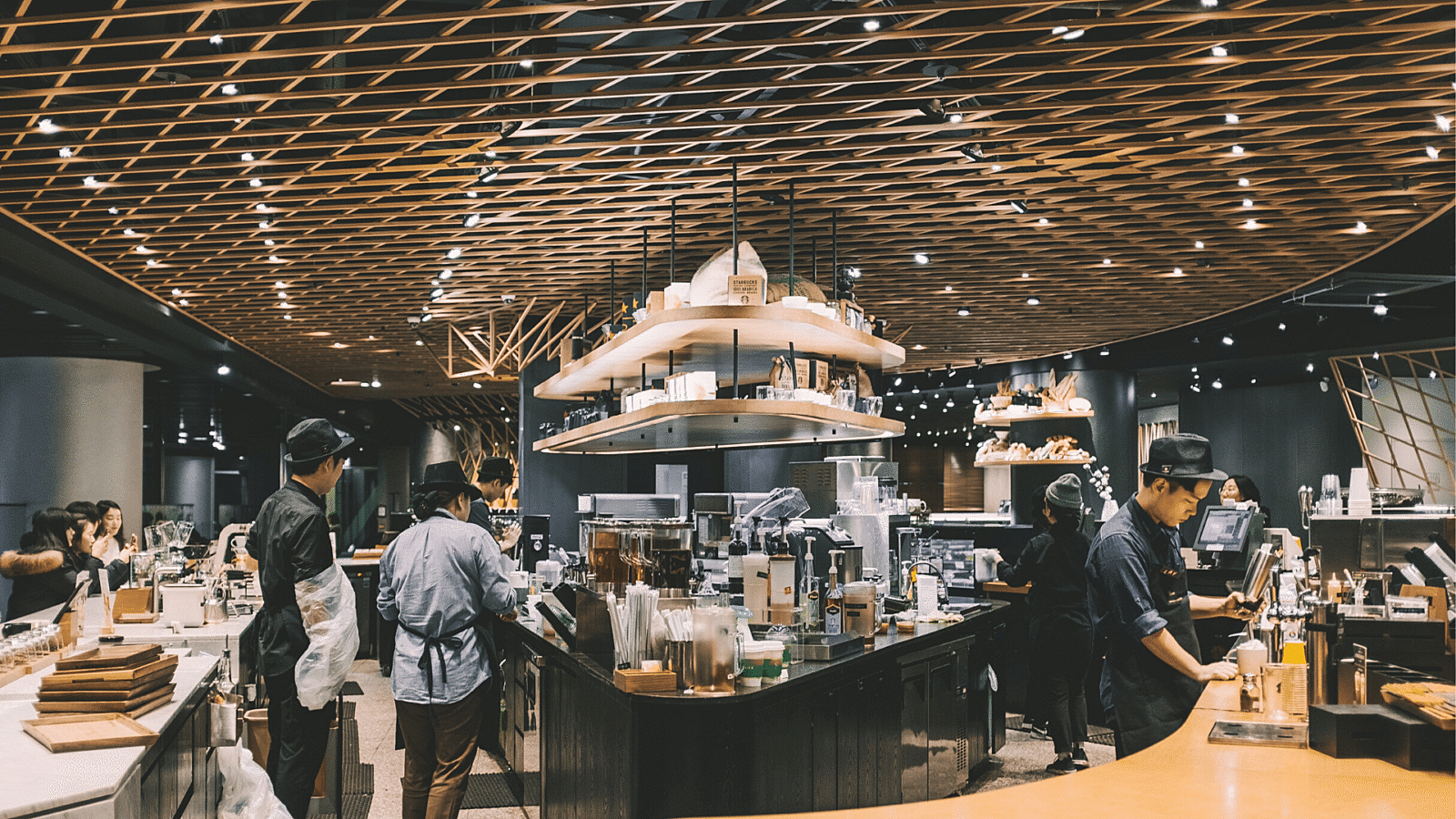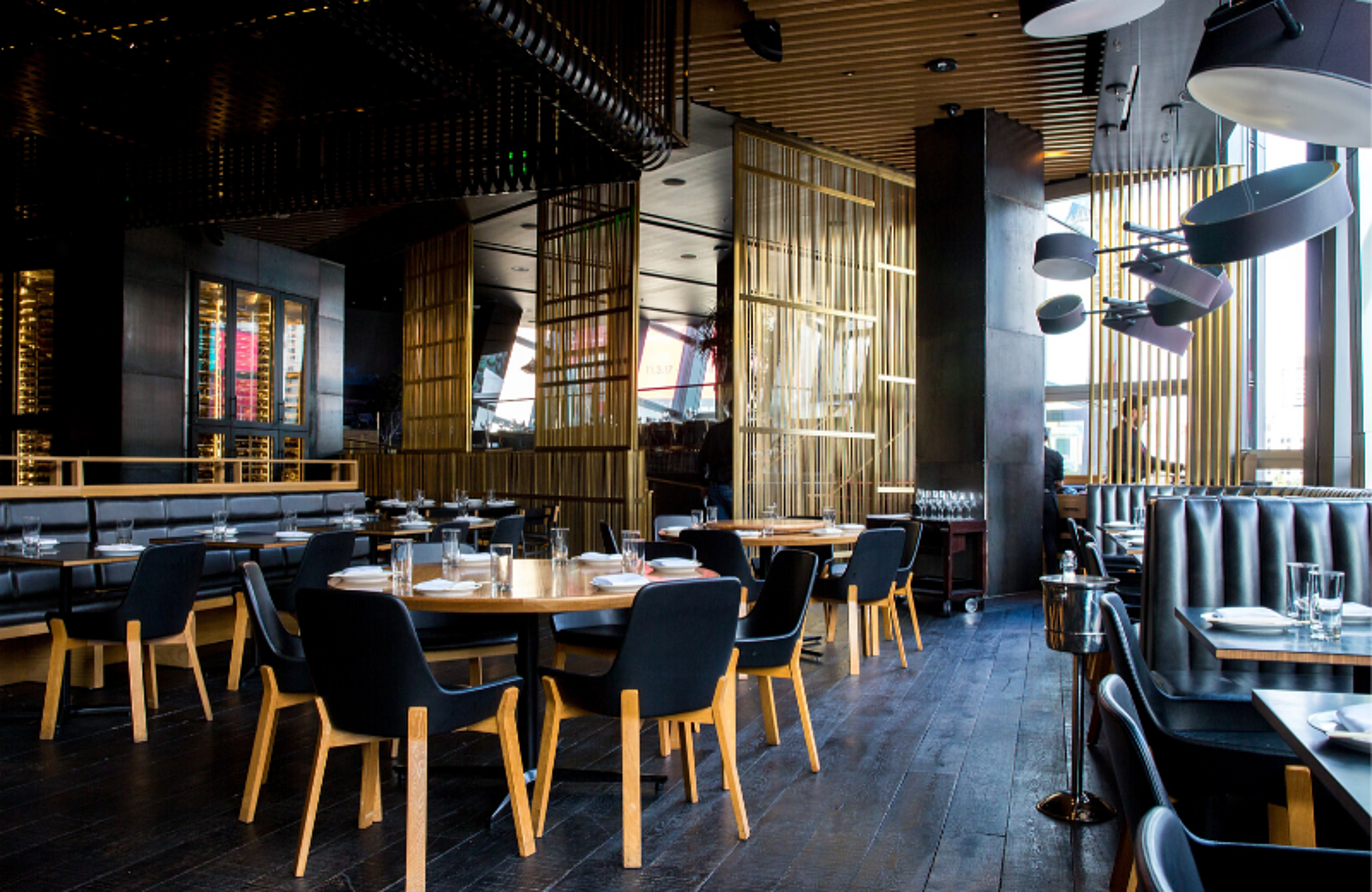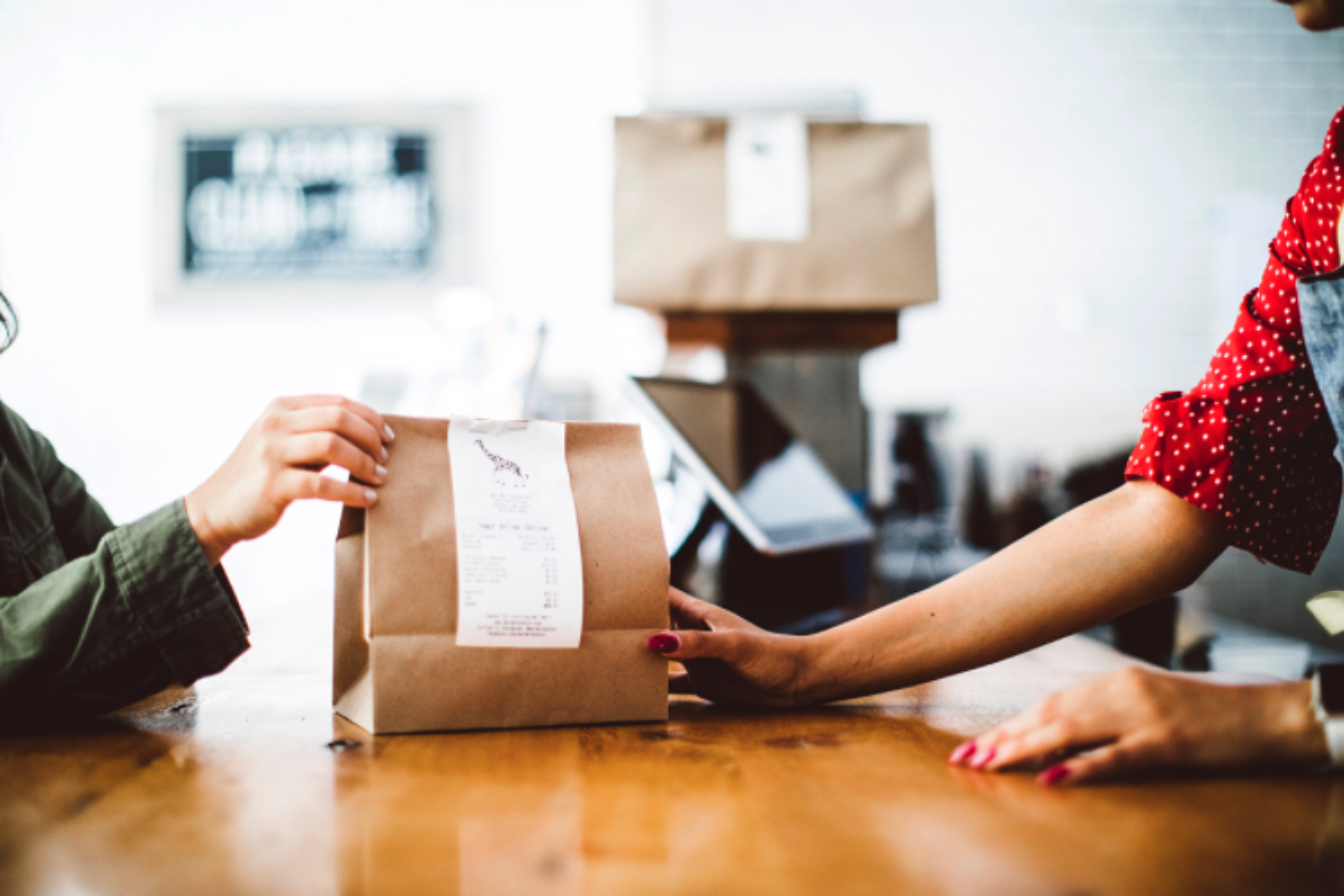
What's Going on With AI in Restaurants?
Learn about how AI is impacting restaurants, easy ways to integrate it into your operations, and trends to be on the lookout for.

Tessa ZuluagaAuthor
When you hear the words artificial intelligence (AI), what comes to mind? Robots gone rogue? Machines with brains? Will Smith in a beanie and leather jacket?
Popular culture has done us a disservice over the years by perpetuating the idea that we cannot control our own creations and will eventually become a society that serves technology (instead of the other way around). This in turn has produced false expectations and fears around gadgets, robots, and artificial intelligence that are rooted in fiction, not fact.
Because AI and machine learning technologies show no signs of slowing down, we need to think critically about the implications of these advancements. Every day there seem to be new warnings that robots will replace restaurant workers as they infiltrate every facet of the food service industry. However, these claims are not only hyperbolic, they’re also impractical, grouping all restaurants under a fast-casual or fast-food umbrella.
So which is it: human or machine? The good news is you don’t have to choose.
What is AI for Restaurants?
It’s time we give the old “man versus machine” axiom an update: human plus machine. AI technology exists as a tool to help your restaurant business, not harm it.
If we can rewrite the narrative when it comes to AI for restaurants, we can empower staff at all levels to make smart, better-informed decisions.
Understandably, being repeatedly told that restaurants should brace for sudden, significant, and shocking change creates anxiety for owners, managers, and, of course, staff. How can food service workers possibly compete with technologies specifically designed to outsmart us? Is the industry as we know it doomed?
The short answer is no.
The long answer is below.
But, before we tackle the specifics of how AI and machine learning have, may, and will affect the restaurant industry, let’s first discuss what these terms mean.
Artificial intelligence is as it sounds: intelligence that does not occur naturally. Rather, it is fabricated or simulated to allow computer systems to mimic intelligent human behaviors. AI is static in that it can ingest, but not react to, real-world information. Your friends Siri and Alexa? AI by another name. Chat GPT? Generated by AI (a tool coming way closer to taking my job as a writer than yours as a restaurateur).
Machine learning, on the other hand, cranks things up a notch. This branch of computer science involves training computer systems to distinguish, anticipate, and respond to data patterns through complex statistical algorithms, using your customer data. Netflix, Spotify, YouTube… are just a few systems that listen, learn, and serve up more of what you like in real-time.
Computer scientists work tirelessly to make these highly technical pursuits accessible to the general public. We see evidence of this in a number of industries including healthcare, finance, entertainment, and, increasingly, retail. From recommending television shows or books you might like to predicting emergency department admissions and personalizing workouts for your body type, AI and machine learning are reimagining how we live, work, and play.
And we’ve only just scratched the surface. In an article written by Forbes earlier this year, it’s stated that:
Over half of business owners use artificial intelligence for cybersecurity and fraud management.
Almost all (97%) business owners believe ChatGPT will help their business.
One in three businesses plan to use ChatGPT to write website content, while 44% plan to use ChatGPT to write content in other languages.
61% of companies use AI to optimize emails, while 55% deploy AI for personalized services, such as product recommendations.
These numbers look great for corporate businesses… but how do they apply to restaurant owners?
AI’s appeal becomes even more self-evident when considering the food service industry’s current landscape. With data showing the restaurant industry has an average churn of around 75%, a steady stream of local labor law changes, and ongoing struggles to recruit and retain employees, the opportunity to leverage technology to reduce some of these challenges (and costs) rightfully sounds pretty darn good.
The problem, it seems, is twofold.
First, writings about AI in restaurants tend to fixate on three things: robots, delivery bots, and chatbots. Yes, there are burger-flipping robots. In fact, at the National Restaurant Association Show 2023 we got to try a burger that was crafted by robots. The creators of this system, Aniai, view their new technology as a solution to the staffing shortage. You see, while the robot cooks the burger a human employee assembles the bun. It’s teamwork that creates efficient restaurant operations.
Also, Dexai Robotics has developed a robotic sous chef named Albert who can adapt to kitchens straight out of the box. And over in Houston, on certain days and times customers can order from Domino's and choose to have their pizza delivered by Nuro's R2 robot. But these are exceptions—not the rule.
The second problem is one of assumptions: namely, that the average restaurateur has the resources and even interest in going deep into AI or machine learning. The above examples might save money and create value in the long run – although the ROI is still largely undefined– but the short-term costs will remain unattainable for the vast majority of restaurateurs until such time when it becomes part of the restaurant base model.
However, this doesn’t mean that AI is entirely out of reach for small- and medium-sized businesses in the restaurant industry. There are still ways to make AI and machine learning work for your restaurant. For example, there are back-of-house automation tools that control what portions are being used. This results in less food waste & over-pours, and adds inventory management counts to notify chefs when they’re low on certain ingredients.
How to Leverage AI For Restaurants
1. Get listed
Where once on-demand ordering was considered cutting edge, today customer service is being automated and streamlined even further.
Halla is a great example of an application challenging what is now the norm. The recommendation engine amalgamates a number of food delivery applications to present relevant cafes and eateries based on a user’s location and predetermined “taste profile.” Ensuring your restaurant is available via these services optimizes your chances of making the cut as a “restaurant you might like.”
2. Keep up with your customers
Popmenu enables you to keep up with your guests and give a great customer experience, even when your staff is busy. They offer an AI answering solution because a missed call is a missed transaction. This AI answering system captures all data your customers ask about without disturbing your staff. Using AI technology is a practical way to make busy phone lines work for you, not against you. This is restaurant technology that even a small restaurant can implement, as pricing is only $0.47 cents/hour.
Popmenu also offers dynamic menu item technology, that can make recommendations based on customers’ past orders. Or, say a customer liked a special. When your restaurant brings that item back on the menu the guest can receive a notification, telling them that the item they liked is back in stock.
Millennials and especially Gen Zers are much more inclined to open their wallets if they feel they are part of a two-way conversation; making use of tools that keep the conversation lines open not only fosters affinity and loyalty but also contributes to increased foot traffic and revenue.
3. Go big for big data
You may not realize it, but some of the software solutions you’re currently using – like your employee scheduling software or point of sale system – contain a goldmine of information that can help you run your restaurant like a well-oiled machine. Your POS system can keep track of past takeout orders and suggest the same order going forward. This makes for a quicker food ordering process, resulting in a better guest experience.
These systems effortlessly manage and monitor high volumes of data on the daily; some even predict things like labor needs customer behaviors, food quality, and inventory counts, taking the guesswork out of what to do when.
In the near future, these same applications will be able to use the data your restaurant generates to do things like create labor-optimal employee schedules, or use your sales data to predict which items to sell and increase your profits.
4. Get on board with voice search
With half of the US population using voice ordering and voice assistant features daily, and nearly 40% giving preference to voice over smartphones when seeking information about a restaurant, if there’s one AI movement to get behind, it’s voice commerce.
Restaurants can easily create “skills” for tools like Amazon Alexa that can help people instantly order without ever having to lift a finger. Grubhub, for example, has enabled this technology to allow its users to place fast, hands-free orders.
The Future of AI for Restaurants
The bottom line for the vast majority of today’s restaurateurs with regard to AI is this: don’t sweat it, but also don’t forget it. If anything, look at it as a helpful tool. Not an enemy.
You should keep a watchful eye on AI and machine learning trends and breakthroughs, but don’t add unnecessary stress to your plate trying to squirrel away cash to afford a fleet of $50,000 self-serve kiosks like McDonalds. Let the early adopters do the dirty work, but remain vigilant of which technologies might serve you, your staff, and your customers in the future.
For now, you’ll find the greatest success in focusing your energies on learning from your in-store data and applying what you’ve learned to the ways you and your teamwork.
Related Restaurant Resources
Restaurant Success Report
This industry report collects data from restaurant professionals and guests to help you understand what it takes to create a successful restaurant experience from start to finish.

Is this article helpful?
DISCLAIMER: This information is provided for general informational purposes only, and publication does not constitute an endorsement. Toast does not warrant the accuracy or completeness of any information, text, graphics, links, or other items contained within this content. Toast does not guarantee you will achieve any specific results if you follow any advice herein. It may be advisable for you to consult with a professional such as a lawyer, accountant, or business advisor for advice specific to your situation.
Read More
Subscribe to On the Line
Sign up to get industry intel, advice, tools, and honest takes from real people tackling their restaurants’ greatest challenges.


